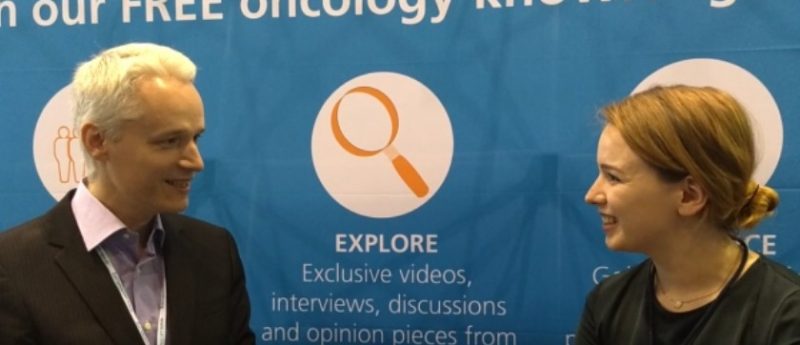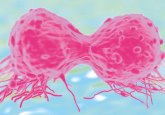Soft tissue sarcomas is an umbrella term for an array of various rare cancers including liposarcoma. Can you tell our readers more about liposarcoma in particular & why it is considered rare?
Sarcomas account for about 1% of all adult tumors and are made up of over 80 different histological subtypes. Liposarcomas are one of the most common of these subtypes. However, liposarcomas are also a group of diseases, each with their own unique biology and response to systemic therapy. The most common are well-/de-differentiated liposarcoma, which are characterized by amplifications in CDK4 and MDM2. These tend to present as large primary tumors and local control can be a major challenge. The second group is myxoid liposarcoma characterized in the majority of cases by a specific chromosomal translocation t(12;16). These tumors tend to present with lower limb primaries and metastasize to unusual locations for sarcomas, such as pleural, pericardial and bone. The third subtype, pleomorphic, is very rare and these tumors have a complex karyotype, with many genetic gains and losses. They tend to have an aggressive clinical course.
What challenges do physicians face in the diagnosis & treatment of liposarcoma?
The first issue is that because sarcomas are so rare it can be difficult to establish the diagnosis. Most general practitioners will only see two to three sarcoma patients in their career. Consequently, there can be a delay in the diagnosis of sarcomas. In addition, because there are so many subtypes, the histological diagnosis can also be challenging. An experienced multidisciplinary team should treat sarcoma patients. Due to the rarity, heterogeneity and widespread anatomic primary sites these tumors are very challenging to treat.
Click here to read the full interview in Future Oncology.






